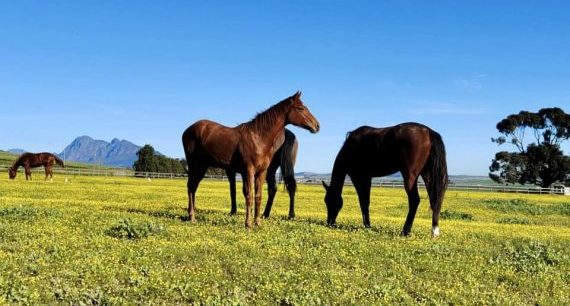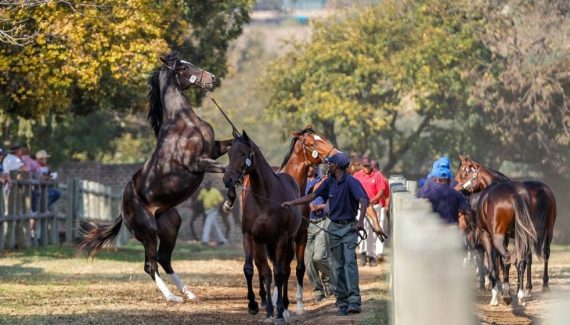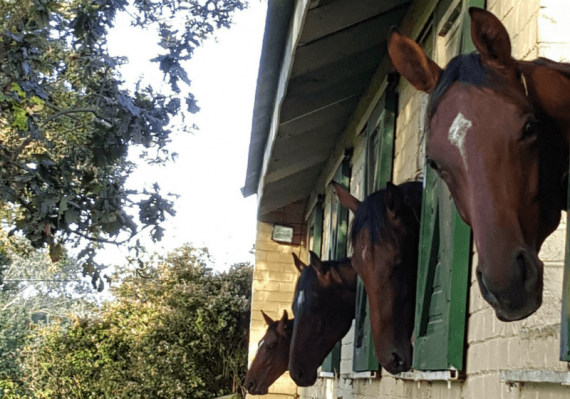KZN jockey Serino Moodley is the latest crop offender in terms of the twelve strike rule to receive a new level fine.
Moodley signed an admission of guilt for a contravention of Rule 58.10.2, as he used his crop more than 12 times when riding Red Herring in the final race at Greyville on Wednesday. He was fined R2500 – which seems to be the highest amount levied since the rule was implemented in May.
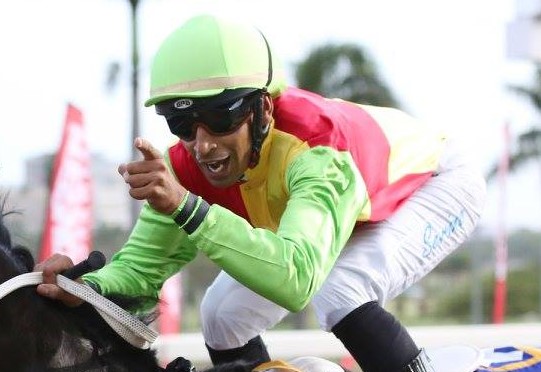
Serino Moodley – needs coaching – or is the rule wrong?
In determining the penalty, the board considered Moodley’s recent record – he had committed the same offence in the previous race – as well as the manner in which the crop was used.
So do we just keep nailing him? Or does he get coached? Interesting!
The whip / crop policies implemented by racing jurisdictions was given some interesting thoughts by UK trainer Mark Johnston in an interview with the Racing Post recently.
The most prolific trainer in the history of British racing has claimed that removal of the whip would threaten the very existence of the sport.
He believes the whip is an integral part of racing and any attempts to phase it out could have catastrophic consequences.

Hayley Turner
The whip debate has raged on in recent days following Charlie Fellowes’ suggestion his first Royal Ascot winner, Thanks Be, should have been thrown out due to jockey Hayley Turner’s overuse of the whip, with other trainers Sir Mark Prescott and Donald McCain backing a stance that use above the permitted level should result in disqualification.
There have been subsequent calls in some quarters to go even further and ban the whip altogether, with those of the opinion drastic action is required to improve the public’s perception of racing in welfare terms.
However in a passionate response, Johnston said: “There are people who object to us using the whip but when we stop using the whip the next thing will be jump racing and the next thing after that will be racing altogether.
“I think it is wrong because I think you need a whip to ride horses. I get extremely upset by jockeys, usually apprentices, who think the whip is for steering. The reins are for steering, so nearly all safety and correction is with the reins, not with the whip. The whip is not there for safety and correction.
“On the removal of the whip, you’re talking about a flight animal that needs something to induce the flight response. Some of it is induced up to a point and some of it induced because we’ve bred them for it for 300 years. If you turned a horse out in a field it will gallop but it won’t gallop fast and it won’t induce the flight response.
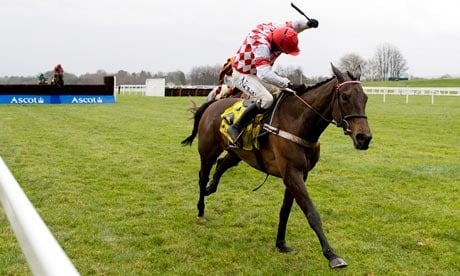
“I think there are physiological and chemical reasons why we need the whip. I’ve likened it to lots of things, including the blackbird in the hedge. You clap your hands and it flies squawking away, it slows down, clap your hands it goes again. When it goes again it gets that endorphin and adrenaline injection, and this is nature’s way of protecting a horse in a finish.
“I think our horses are more at risk of injury – maybe not visible to the public – without the whip. They need the whip to induce the flight response and horseracing is all about the flight response.”
On the disqualification of a horse due to a jockey’s overuse of the whip, Johnston believes the introduction of a limit has had an adverse effect.
He said: “My problem is the rule is wrong and the number of strokes is ludicrous. It was a big mistake pandering to the anti-whip people and thinking if we put on a number on it and start banning jockeys, we’ll satisfy what people want. It was inevitable it was the beginning of the slippery slope to where we are now.
“It might be arrogant to say people now don’t understand but you go back 70 years and most people in government rode a horse. They are totally detached from animals altogether and more interested in votes than anything else. And clearly votes from people who are also totally detached from animals are far more numerous than those who actually understand it.
“We bring in all these rules to be visually more attractive to people who know zero about it and are not interested in thinking about it.”






